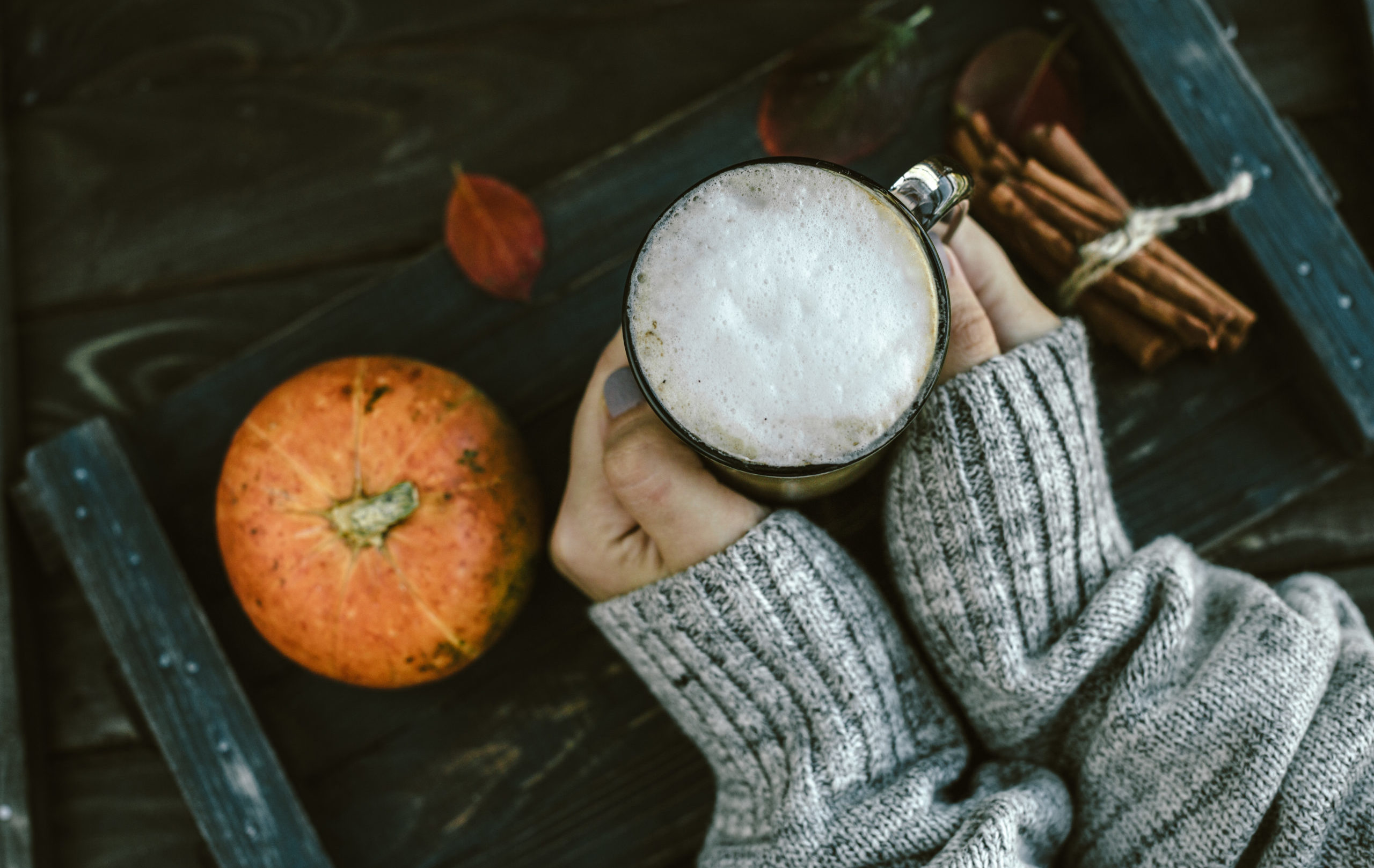Pumpkin Spice Loneliness
Urbanites embrace fall in place of holidays that bear richer but more troubling memories.

Americans now spend more than $500 million annually on pumpkin-spice products. We shop for pumpkin-spice toothpaste, pumpkin-spice ramen, pumpkin-spice beer, pumpkin-spice lip balm, pumpkin-spice deodorant, pumpkin-spice cream cheese, pumpkin-spice rum. The craze began in 2003 when Starbucks introduced its pumpkin-spice latte, the most popular seasonal product ever devised. The chain now reportedly sells 20 million “PSLs” each year. This year, the PSL’s return to the menu powered the company’s strongest ever week of sales.
The popularity of pumpkin spice is only one indication of the rise of a new holiday season: fall. Superseding older holidays like Thanksgiving and Columbus Day, fall has become its own celebration, a period of time set apart by “seasonal” products and special observances: apple picking, pumpkin-patch visits, raking leaves. Fall is the newest, and in some ways the saddest, American commemoration.
Comments